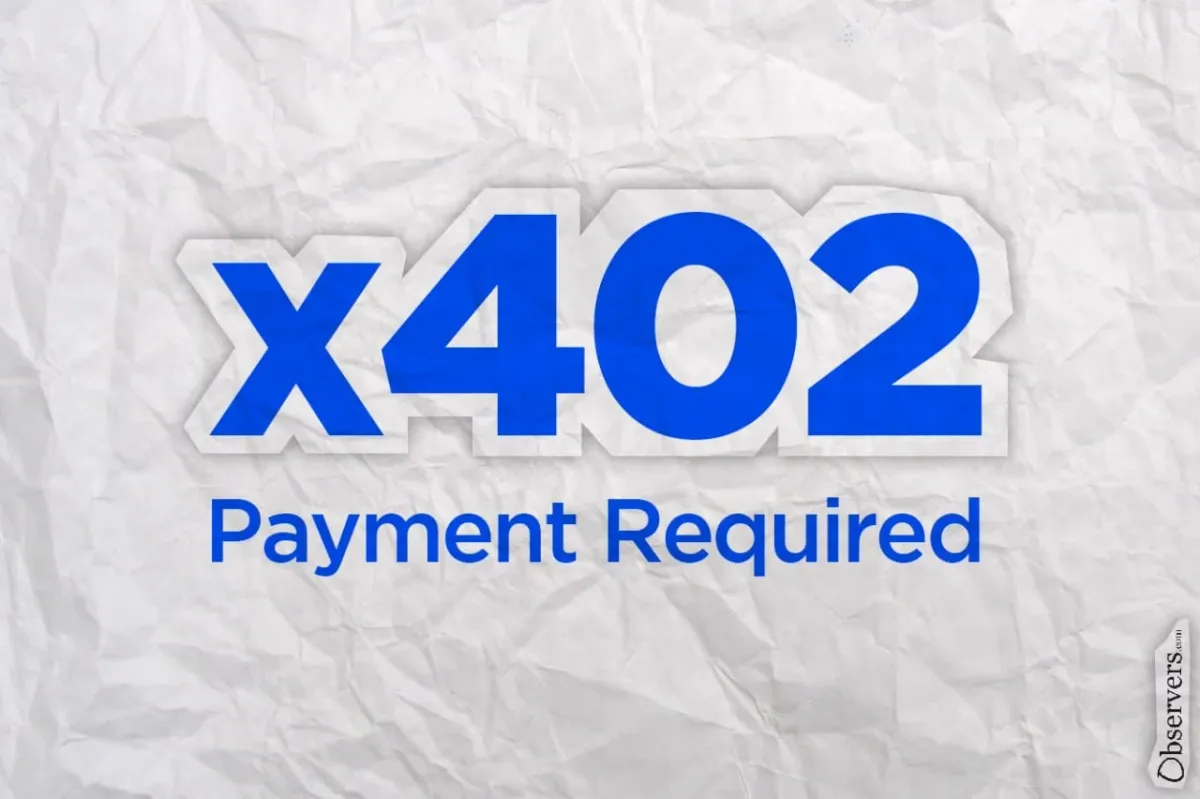Web2 Payment Required, Web3 Payment Done
x402 is a new open-source protocol from Coinbase that enables on-chain payments directly over HTTP using the long-unused 402 status code. It allows apps, APIs, and autonomous agents to pay per request without accounts or third-party gateways, aiming to power the machine-payable internet.


